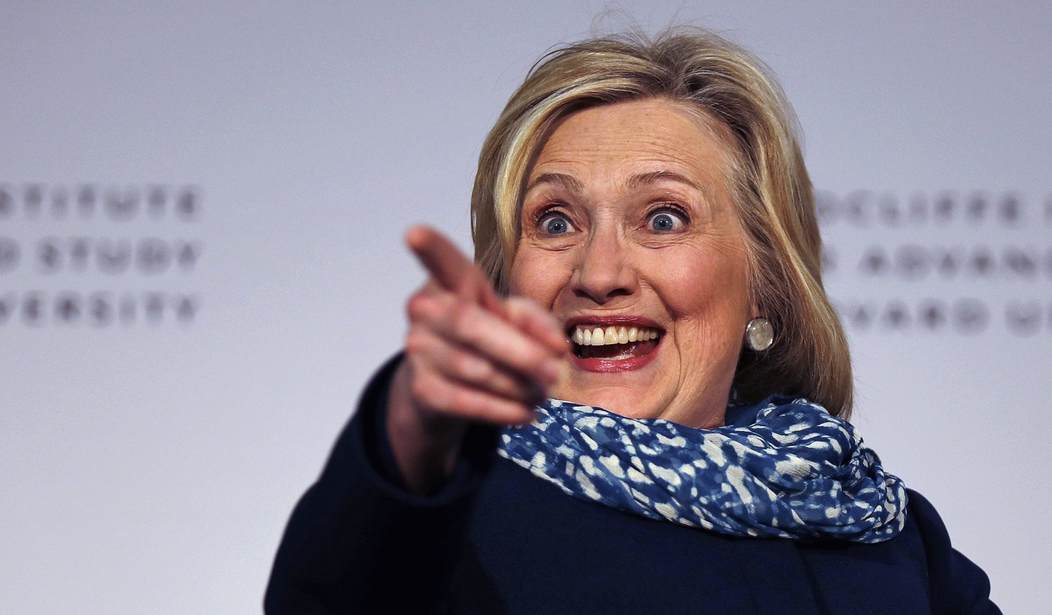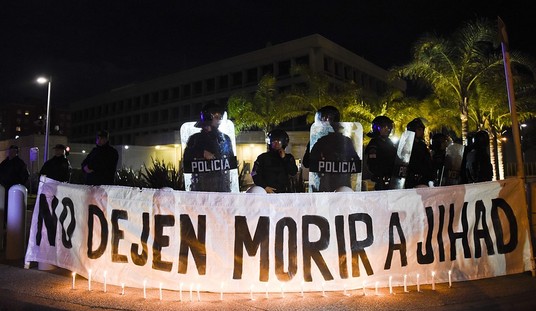Far be it from me to relitigate the 2016 presidential election, but liberals constantly repeat the narrative that Hillary Clinton won because she got 3 million votes more than Donald Trump. In October, Clinton joked, “Obviously, I can beat him again.” Liberals are again fighting to overturn the Electoral College partially because Clinton won the popular vote in 2016. During the Democratic debate this past week, Bernie Sanders said a woman can win the presidency because Hillary won the popular vote.
Technically, Clinton did win the most votes, but she did not win a majority of the votes — she only won a plurality. Even if the U.S. abolished the Electoral College, it is far from clear Hillary Clinton would have become president in 2017. A popular vote victory should not be enough. After all, a candidate needs a majority of the Electoral College votes to win the presidency, not a plurality. If no candidate wins a majority, the election goes to Congress.
On Election Day 2016, Donald Trump won 62.98 million votes (46 percent), while Clinton took 65.83 million votes (48.2 percent). Libertarian Gary Johnson took 4.5 million votes (3.28 percent), while the Green Party’s Jill Stein took 1.5 million votes (1.1 percent), Evan McMullin took 731,991 votes (0.54 percent), and Constitution Party candidate Darrell Castle took 203,090 votes (0.15 percent). Trump won 30 states and Maine’s 2nd congressional district for 304 electoral votes, and Clinton won 20 states and Washington, D.C., for 227 electoral votes.
Hillary Clinton took more votes than Trump, but she did not win in enough states representing the electoral votes required to win the election — the key metric for victory. She also did not win a majority — 50 percent plus one. In 2000, Al Gore also fell short of a majority.
If the U.S. were to abolish the Electoral College and go to a majority vote system, America should require more than a mere popular vote victory. Most likely, there would be multiple rounds of voting. After the Election Day results, Americans would vote again between Clinton and Trump, the top two vote-getters. It is far from clear that Clinton would have won the second round of voting.
Yet Americans would not want to vote a second time. The election is already stressful enough — why prolong it?
This is one of the virtues of the Electoral College — it provides a winner fairly quickly, while also representing a broader constituency of Americans. Do Americans really want the president elected based on which candidate gets one more vote than the other? In a parliamentary system, it makes sense to have the prime minister elected with less than a majority because he or she cobbles together a coalition representing a majority of the seats in Parliament. But America has a separation of powers, and Congress does not elect the president unless there is no winner in the Electoral College.
Liberals who insist that Hillary Clinton should have won the 2016 election because she took the most votes are not addressing the elephant in the room — she did not win a majority. Without the Electoral College, winning a majority really should matter. Many presidents won an election without a majority vote, but that matters less because they had to win electors apportioned among the states by population — every state gets the number of representatives they have in Congress, two for the Senate and however many they have in the House of Representatives decided by population.
The Electoral College does not work exactly as the Founders intended, but it does a good job of awarding a winner quickly and in a way that represents the diversity of America. Replacing this system would be far more difficult than would-be reformers think.
Even if the Electoral College were abolished, however, it is far from clear that Hillary Clinton’s measly plurality would have won her the presidency.
Tyler O’Neil is the author of Making Hate Pay: The Corruption of the Southern Poverty Law Center. Follow him on Twitter at @Tyler2ONeil.









